Traditional wildland firefighting methods pose serious risks to ground and aerial crews. As climate change creates more vulnerabilities for larger and more destructive wildfires, the need for safer wildfire mitigation and management operations have become a priority. While we’ve seen how drones play a crucial role in advancing efforts in the public safety and emergency response sector, there are always new and different ways drones can support these efforts.
These innovations were showcased at the North American Aerial Firefighting Conference, where attendees gained valuable insights on the many ways that drones play a critical role in firefighting. The dedicated UAS portion of the conference was kicked off with a presentation by Mark Bathrick, highlighting that we are in the “2nd Golden Age of Flight” and what that means for aerial firefighting.
Bathrick speaks from a place of experience, having served as the Director of the Office of Aviation Services (OAS) in the Department of the Interior (DOI) for 16 years until retirement. He has outlined the four key competencies it takes to succeed in drones at industry events and fully detailed what it means to start a drone program with zero acquisition and maintenance costs.
In his former role, Bathrick was responsible for management of all DOI aviation operations nationwide, supporting government missions including wildland firefighting. Today, he leads Bathrick Aviation Consulting, a firm that supports industry and government agencies in meeting their aviation business goals and objectives.
Commercial UAV News caught up with Bathrick to learn more about the challenges, opportunities, and lifesaving efforts involved in aerial wildland firefighting.
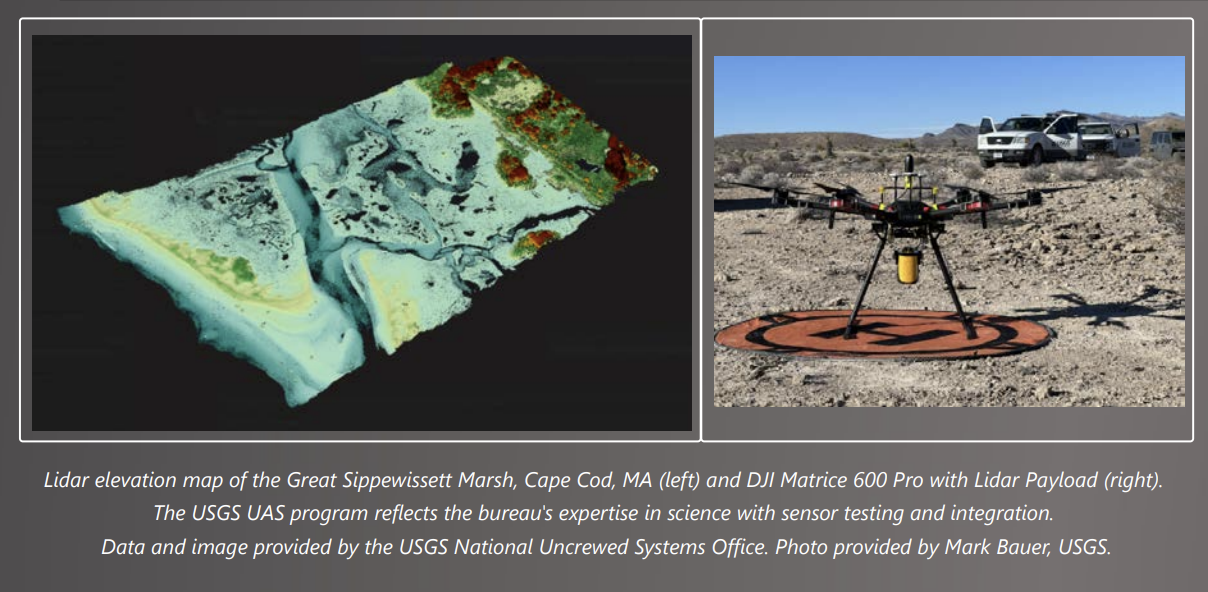
Commercial UAV News: From your perspective, how have drones further defined aviation’s support role with mitigating fire intensity and reducing firefighter risk?
Mark Bathrick: We (DOI) began integrated crewed and uncrewed operations over wildfires in 2015. Since then, UAS have revolutionized wildland fire and contributed to wildland firefighter safety in numerous ways. The first being that they can detect spot fires using onboard infrared sensors.
One of the first notable examples of this was in 2017 when a DOI drone operator detected an otherwise unseen spot fire and directed firefighters to extinguish it, saving $50M in property and infrastructure. In addition, drones are able to fly in smoky conditions during the day when traditional aircraft are grounded; sometimes these conditions can last for multiple days. At night, when much of the ground firefighting activity is curtailed for safety concerns, persistent surveillance from longer endurance drones can scan the fire for those spot fires behind the line and with the help of radio direction, guide firefighters to those fires to extinguish them. This can make the difference between a spot fire being extinguished quickly or being allowed to grow all night long.
This effort goes beyond wildfire mitigation. Drones play a major role in maintaining safe practices in prescribed burn mitigation. Drones have the capability to replace crewed helicopters flights that typically fly close to a fire, a practice that has been fatal in the past. Implementing drones to take over that type of flight greatly increases the safety of the firefighters.
Commercial UAV News: It sounds like the biggest challenges today are related to security and regulation, but it’s the uncertainty associated with both that’s the real barrier.
Mark Bathrick: Between markets, customers, or providers, no one likes uncertainty. This causes both the industry that provides the services and the end users to hold back. We see this primarily in the United States, which is especially challenging because we're not seeing this in other countries.
Commercial UAV News: How have these challenges evolved or changed over the past few years? Where are they most prevalent in the context of drone applications that support wildfire mitigation efforts?
Mark Bathrick: The policies on what constitutes an acceptable secure drone have been a roadblock. They are not concerned with just the drone itself, but also its associated elements, such as its controllers, gimbals, and payloads. That definitely stagnated the growth we expected to see in wildland fire UAS use and in other missions. That’s why I'm really glad to see that the American Security Drone Act (ASDA) actually has provided an exception for the full range of wildland fire operations, including wildfire mitigation efforts and preventative measures. So that's a step forward.
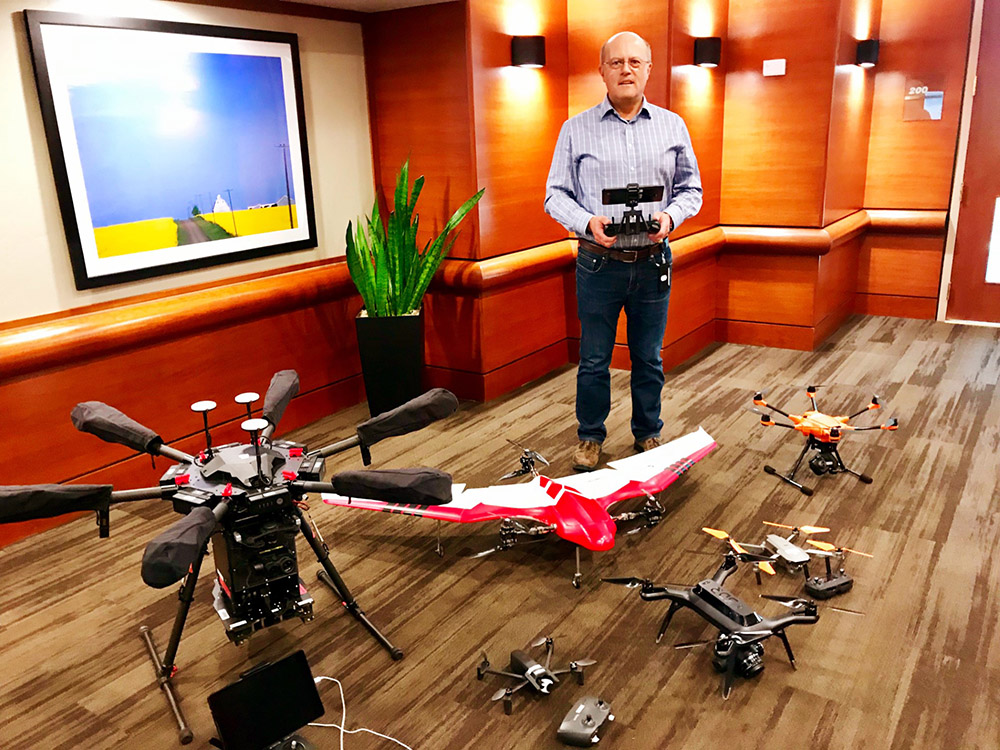
Commercial UAV News: What can you say about the unique partnering opportunities that exist for established aerial firefighting companies and government agencies? Are they especially numerous? Or difficult to find?
Mark Bathrick: Any success that I had at the DOI was on account of working with the right partners. To be a valuable partner in aerial firefighting, they need to know three key components: fire, fire aviation, and aviation safety/culture. I've had the pleasure of working with dozens of partner aerial firefighting companies and organizations that understand all of these components and have been supporting them for decades.
These partners in the drone and related technology spaces that could help us better support our firefighters and the communities they protect are out there, and they are numerous. A big challenge in terms of partnerships is that they need government agencies to develop and not prevent aerial firefighting companies from considering these partnerships. Agencies need to keep a big picture, long horizon perspective and avoid short-term decisions that could result in stifling these critical partnerships. This ties back to the idea of it being about more than just the drone.
At a recent aerial firefighting conference, I encouraged the audience to partner with tech companies, because it's not just about the drone platform, the payload, and the processing. It’s about translating these and related new technologies to mission relevant, fieldable capabilities. Aerial firefighting companies. It would be great to see those companies start those lines of business and partnerships to bring complementary capabilities together. That's the quickest way to continued adoption within the wildland fire community. On a larger scale, the government needs to be supportive of the growth of these drone companies and that they get the contracts that allow them to sustain and grow their companies. Aerial firefighting companies find it difficult to survive, much less consider exploring new technologies under a government contract structure that often leans toward “call-when-needed” contracts that offer no guaranteed usage, leaving commercial vendors with significant business uncertainty.
Commercial UAV News: Are there any lessons learned from recent wildfire mitigation efforts that you believe could be utilized for other applications or by different types of users?
Mark Bathrick: Success starts with learning from and collaborating with your use case practitioners at every stage, from initial concept formulation, through research, development, test, evaluation, necessary training development, and fielding. Being connected to the end user is crucial because what you'll learn is that you didn't know everything you thought you knew about their space. And what they'll learn is they didn't know what you could provide. And together, you'll grow.
We are starting to see some companies becoming less open to sharing knowledge and lesson learned experiences. This isn’t good for the community or the industry. I’m glad to see there are organizations like DRONERESPONDERS and Commercial UAV News that have remained dedicated to sharing information and promoting collaboration across the full spectrum of the UAS ecosystem. If we want to move forward as an industry, we need to be open to sharing ideas and maintaining relationships with another.
Commercial UAV News: What advice would you have for an individual or department stakeholder that believes drones could help with their wildfire mitigation efforts but aren't sure what it means to take their first or next step with adoption?
Mark Bathrick: Information is a precious and perishable commodity. I learned as a test pilot that if you don't document your test, it never happened. Make sure you're documenting everything and taking the chance to share with trusted partners and publications and at industry events to promote that information. We have a lot to learn from each other.
If you're a government organization or a company at industry shows like DRONERESPONDERS National Public Safety UAS Conference or Commercial UAV Expo, you have the perfect opportunity to share your best practices or use cases. Chances are that the lessons you’ve learned could apply to other groups’ circumstances as well. You might run into someone who is experiencing the same problem you faced months ago, giving you the chance to share your knowledge, or vice versa.
Commercial UAV News: What's one thing you're looking forward to seeing change or develop this year when it comes to how drones are used in aerial firefighting?
Mark Bathrick: What I see on the horizon is the convergence movement emanating from the January 2023 Report to the President on Modernizing Wildland Firefighting to Protect Our Firefighters and the Aerial Equipment Strategy Report. Both reports speak to the need for UAS technology in aerial firefighting and what government applications can lead to that adoption. Each has recognized the current technological and organizational challenges as well as the future promise of drones and related technologies to drive significant improvements across the three phases and seven integrated system components of wildland fire management.
I’m interested to follow how NASA will continue to support wildfire mitigation and management technology. In their current research efforts they clearly highlight the lack of aircraft safety and the limitations caused by lack of technology on current aircraft and airspace management limitations in wildland fire. As part of these efforts, NASA is partnering with the industry, academia, philanthropic organizations, as well as the interagency wildland fire government community. This is an exciting time, not just for wildland fire, but all across the UAS ecosystem.


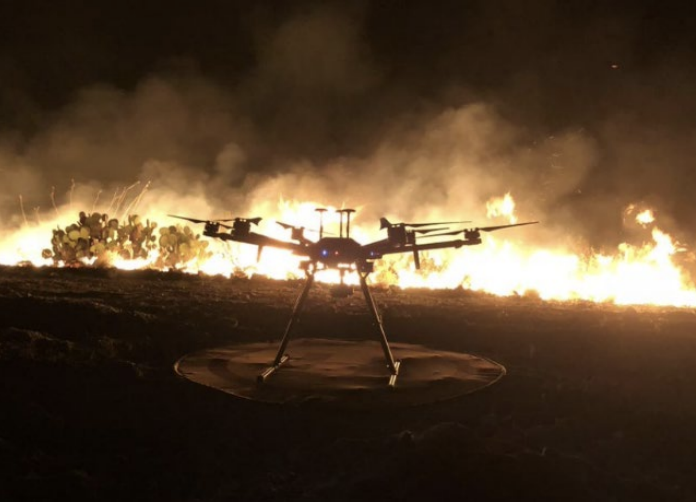

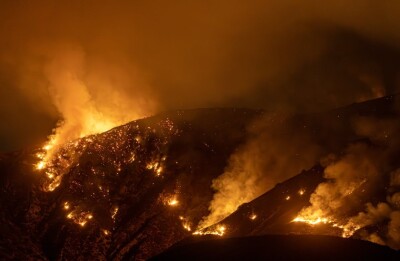
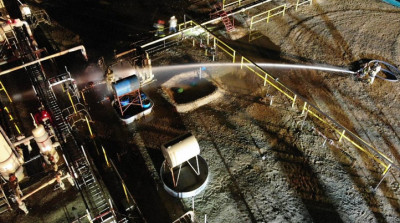









Comments